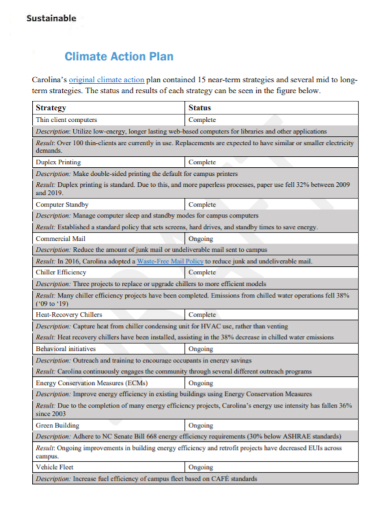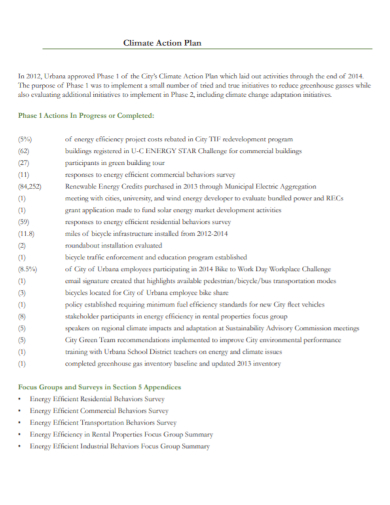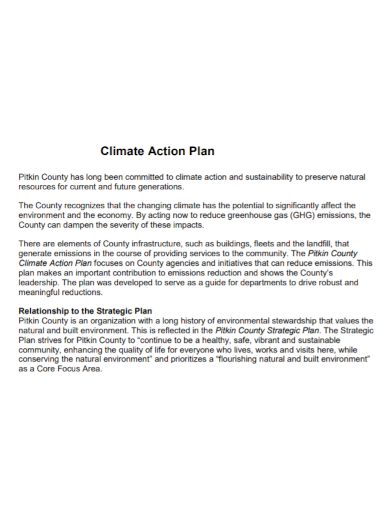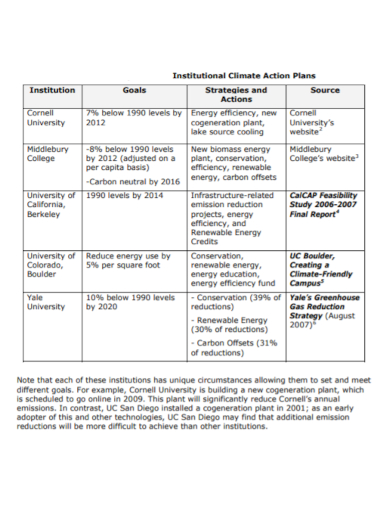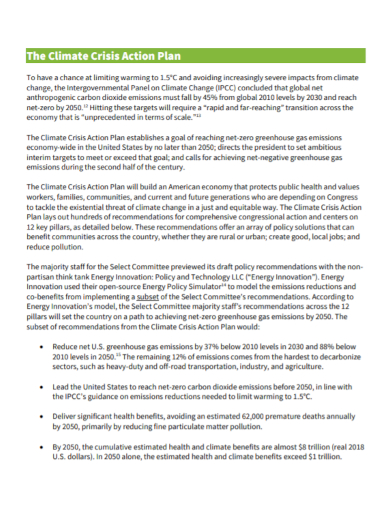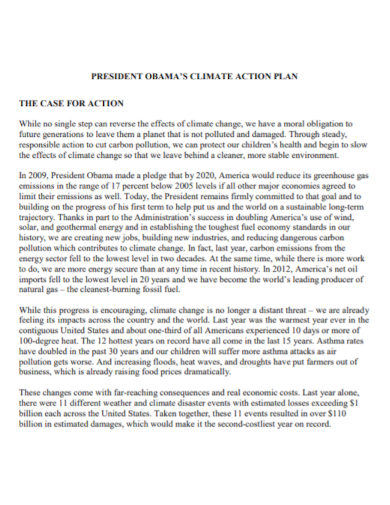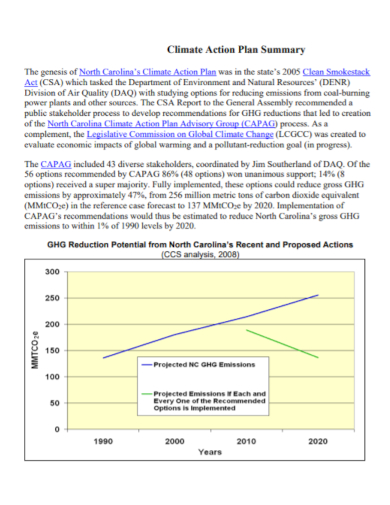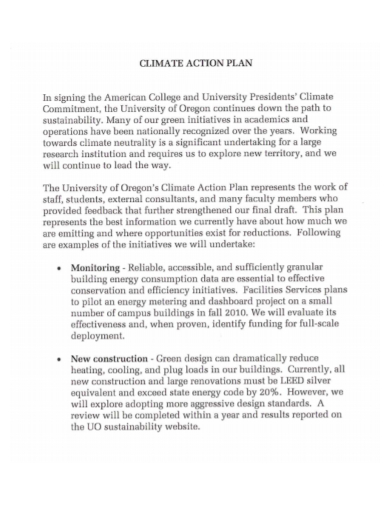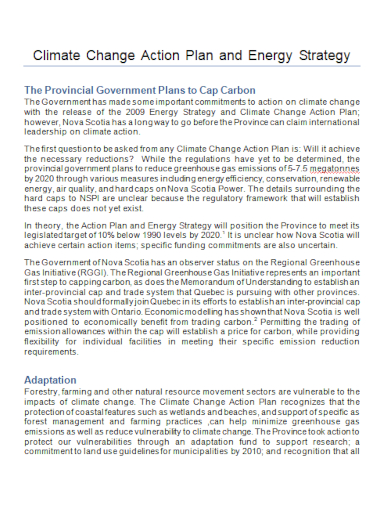Ever since the dawn of the industrial revolution, there has been non-stop emission of greenhouse gasses throughout history. Now, global emissions continue to rise and we find ourselves on the brink of rapid climate change and a global crisis. In 2019, the UN announced that the year 2019 was the second warmest year on record, just barely overtaking the year 2010. But climate change is not only caused by carbon emissions.
Excessive plastic usage without proper waste management, continuous deforestation, destruction of wildlife, pollution in the ocean and other bodies of water, including freshwater reservoirs. These and many more factors most commonly man-made, contribute to the overall destruction of nature and rapid climate change. The UN has perceived this as a massive global emergency and should not be taken lightly.
Global initiatives from organizations and unions like the UN are presently being carried out to as a campaign to urge everyone to exert effort in contributing to the reduction of global emissions. Governments and private sectors all around the world are also considering making important decisions that could positively affect our environment. Several laws have been enacted and private sectors like business companies and industries have carried out their own policies to reduce carbon and waste emissions. They have come up with comprehensive climate action plans that outline the specific regulations and activities that their company will implement to reduce carbon emissions and other pollutants to the environment.
10+ Climate Action Plan Samples
1. Secretariat Climate Action Plan
2. Sustainable Climate Action Plan
3. Climate Progress Action Plan
4. Climate Action Strategic Plan
5. Institutional Climate Action Plan
6. Climate Crisis Action Plan
7. Advisory Committee Climate Action Plan
8. Climate Case Action Plan
9. Climate Action Plan Summary
10. University Climate Action Plan
11. Climate Change Action Plan
What Is a Climate Action Plan?
A Climate Action Plan is a detailed and strategic outline for measuring, planning, and reducing greenhouse gas emissions and related factors that negatively impact the environment. Companies use climate action plans as a guide or roadmaps that dictate the regulations the company has implemented to reduce emissions of greenhouse gasses and other pollutants. These action plans take advantage of the information gathered from greenhouse gas inventories and data from local agencies to gauge what activities can greatly reduce emissions in a cost effective manner and usually in alignment with local and federal goals. At minimum, climate action plans contain an inventory of existing emissions, goals and targets, and prioritized proactive actions.
There is usually a desire for specific goals whilst staying in range of financial constraints when developing a climate action plan. It is an iterative process that sets goals, evaluate specific measures, calculate finances and further revision of the goals. An approach that combines achieving the goals while within financial constraints is usually desired. Listed below are several climate action plan samples that you can review and gain insights from to develop a comprehensive and effective climate action plan.
Preparing a Climate Action Plan
1. Establish preliminary goals
Set long-term goals. Quantitative goals provide a structure and help facilitate progress. It should include timeframes, percentages that state emissions and emission reductions, cost and finances. Plan your goals to be achieved on time and at the lowest possible cost. It helps to remember that reaching ‘climate neutral’ means that you have reduced 100% of your baseline carbon emissions.
2. Evaluate measures
Evaluating specific measures for your company is important to help you assess the costs and benefits. After assessment, organize measures to your overall plan. It should meet the projected goals within the established financial restrictions.
3. Set the acceptable financial criteria
There are several financial criteria that you can use for the whole climate action plan and its sectors. Setting a financial criteria can help you remain financially stable while enacting the implementations outlined by your action plan. It leads to cost-effective solutions and actions that can last until you finally reach your projected goal.
4. Revise goals
The final step in the process of developing your action plan is to revisit the initial goals that you have set. After planning and information gathering, companies tend to revisit their goals and adjust them to stay within financial constraints. Results from evaluating specific measures and data from trade portfolios can also influence the final goal of the action plan. The revision of targets and goals can lead to a higher chance of success overall. It is pointless to pursue the preliminary goals when your specific method analysis and financial constraints deem those as highly expensive and just basically unachievable.
These are only the minimum or basic elements needed to prepare an action plan. At most, an action plan can contain an implementation strategy that identifies the resources and funding mechanisms. Also keep in mind that as a company, you should make sure that the interventions in your climate action plan do not generate other non related problems in other sectors. It is not to have an action plan that is not only beneficial to the climate, but also to the general populace and more importantly to you and your company.
In the current state of our world today, each private sector, each individual, and everyone else from the world government to the average person, we have to do our best and exert efforts in mitigating the further damage to our ecosystem. Our planet has continuously provided for our each and every need, but it can only give so much.
FAQs
What are the goals of a climate action plan?
Climate action means stepping up and exerting additional efforts to reduce greenhouse gas emissions and increase resilience against climate-induced impacts like increased climate hazards worldwide.
What is an action plan?
Action plans can be used as a communication device representing a simplification of complex tasks and projects. For example, a community might use an action plan to implement a greener environment and better public transportation.
What makes a good action plan?
A good action plan outlines the necessary steps to achieve the goal by assigning a time-frame to every step in the process.
Related Posts
FREE 10+ Manufacturing Corrective Action Plan Samples in MS Word | Google Docs | Apple Pages | PDF
FREE 10+ Project Corrective Action Plan Samples in MS Word | Google Docs | Apple Pages | PDF
FREE 10+ Business Corrective Action Plan Samples in PDF
FREE 10+ Audit Corrective Action Plan Samples in MS Word | Google Docs | Apple Pages | PDF
FREE 10+ Incident Corrective Action Plan Samples in MS Word | Google Docs | Apple Pages PDF
FREE 10+ Remediation Action Plan Samples in MS Word | Google Docs | Apple Pages | PDF
FREE 10+ Assessment Action Plan Samples in MS Word | Google Docs | PDF
FREE 10+ Workplace Emergency Action Plan Samples in MS Word | Google Docs | Apple Pages | PDF
FREE 10+ Business Emergency Action Plan Samples in MS Word | Google Docs | Apple Pages | PDF
FREE 10+ School Emergency Action Plan Samples in MS Word | Google Docs | Apple Pages | PDF
FREE 10+ Event Emergency Action Plan Samples in MS Word | Google Docs | Apple Pages | PDF
FREE 10+ Church Emergency Action Plan Samples in MS Word | Google Docs | Apple Pages | PDF
FREE 10+ Recruitment Action Plan Samples in MS Word | Google Docs | Apple Pages | PDF
FREE 10+ Earthquake Action Plan Samples in MS Word | Google Docs | Apple Pages | PDF
FREE 10+ Disciplinary Action Plan Samples [ Progressive, Corrective, Student ]


